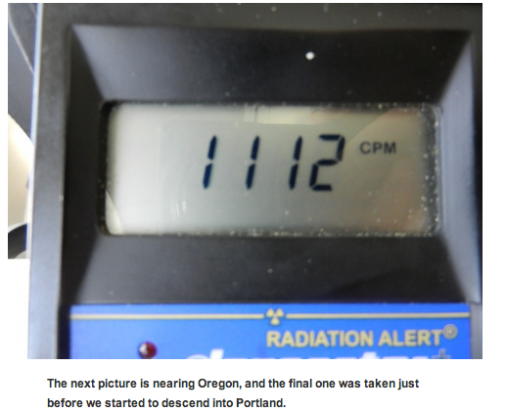The Wall Street Journal has continued its criticism of TEPCO in a recent article.
TOKYO—As problems mount at the crippled Fukushima Daiichi power plant, more experts and overseers are accusing the operator Tokyo Electric Power Co.9501.TO -9.84% of incompetence in how it is dealing with one of the world’s worst nuclear accidents.
An advisory panel of outside experts—appointed by Tepco itself—blasted the utility on Friday for its slow release of information about a recent leak of radioactive water.
The panel, which is tasked with making recommendations to improve Tepco’s performance after the missteps surrounding the 2011 accident, said that the company needed to improve its risk management, communication and water-management planning. “I’d like to say myself how disappointed and distressed I was when I arrived in Japan,” said Barbara Judge, a former chair of the British Atomic Energy Authority and deputy chair of the panel. “To find that communications with respect to the leak problem have been so difficult and so late was very devastating,” she said.
As previously mentioned, Lady Judge had been identified as someone to turn the corporate culture around. The article goes on to say that TEPCO will need government help
Earlier in the week, Japan’s nuclear regulator had also expressed skepticism about Tepco’s ability to keep the situation at the damaged plant under control. The values of the stock fell nearly 10%. The article goes on to say:
“It is simply too big for one company to handle,” said Shunichi Tanaka, Nuclear Regulation Authority chairman, at a news conference Wednesday. “Placing all the burden (of controlling the site) on them won’t solve the problem.”
Mr. Tanaka suggested that the government may have to eventually step in with money and other resources to help out.
The article again reports billions of becquerels in Fukushima. I have been unable to find reports of this in other main stream media articles. Are we really dependent on the Wall Street Journal to cover the stories that other papers will not or do not cover?
Related articles
- International nuclear experts tell TEPCO ‘You don’t know what you’re doing’ (japandailypress.com)
- Fukushima Operator Announces Plan to Release Radioactive Water into Pacific (blacklistednews.com)
- Woman overseeing TEPCO’s safety campaign says restart needs to happen soon (japandailypress.com)
- National › TEPCO says it was reluctant to worry public over toxic water leak (japantoday.com)
- TEPCO Delayed Informing Public Of Fukushima Leak (huffingtonpost.com)

